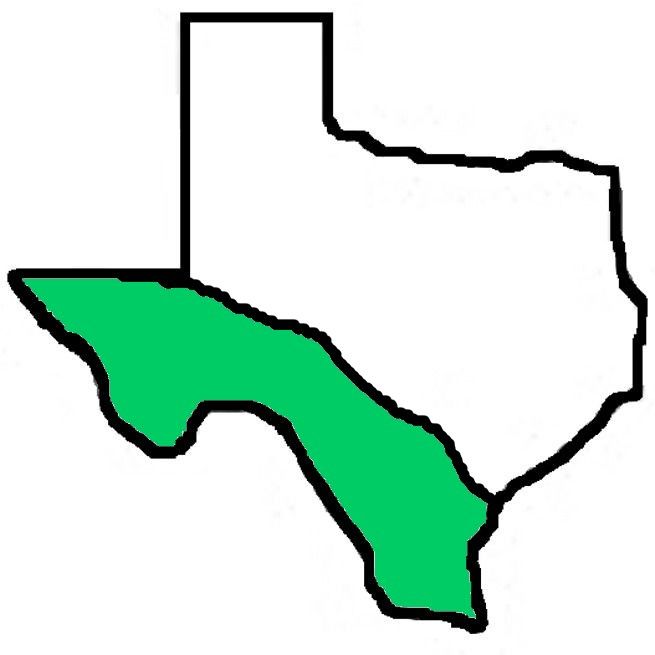Moths of the Lower Rio Grande Valley
Additional Species Contributed by Bianca Banda
Micromoths
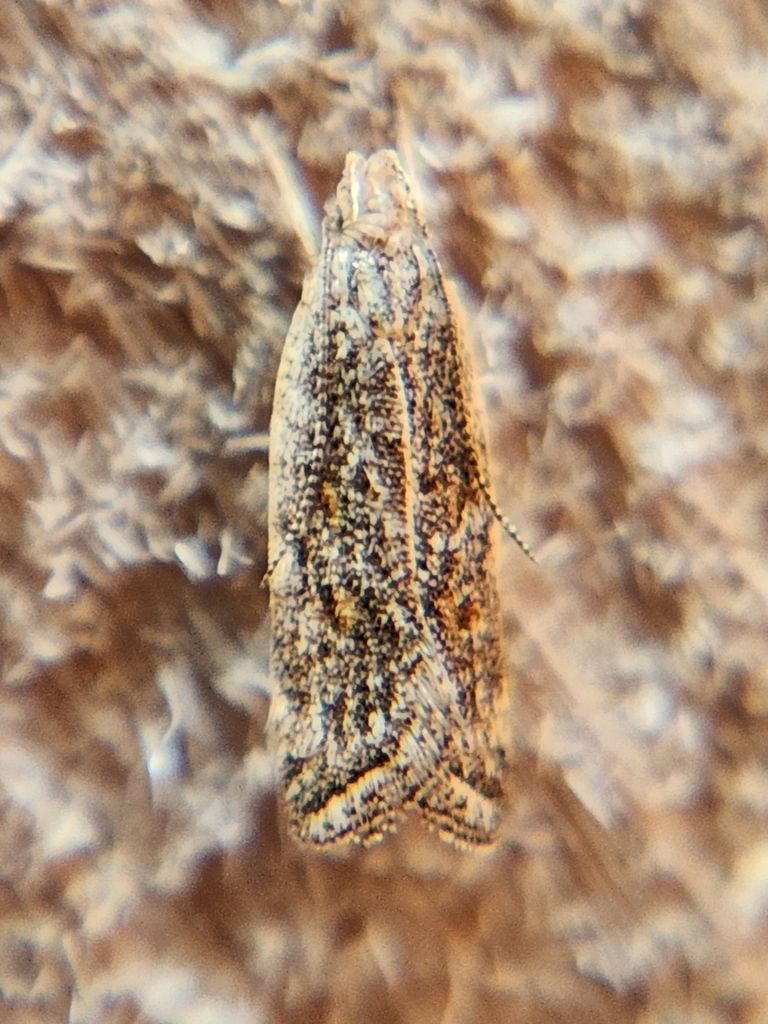
Chamber's Twirler (Helcystogramma chambersella)
This streaky brown moth has small black discal spots ringed in orange. Somewhat extralimital according to the MPG map.
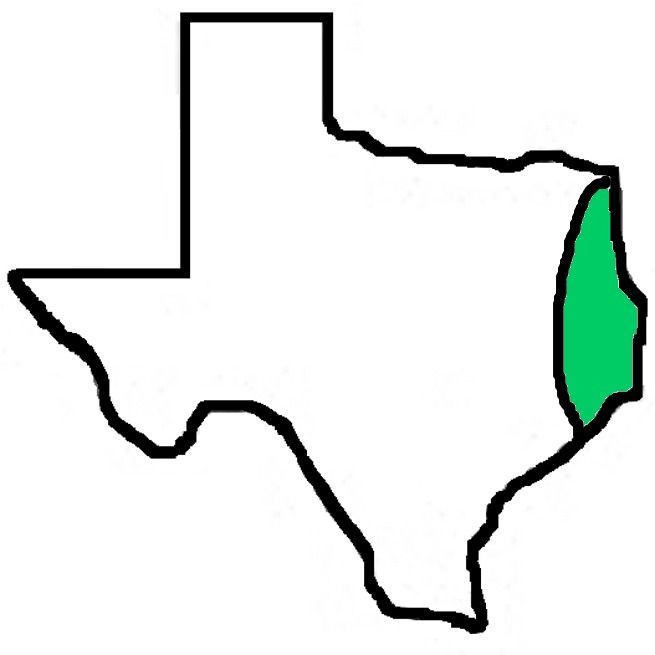

Lined Melanocinclus Moth (Melanocinclis lineigera)
The black-and-white "racing stripes" of other similar micromoths tend to be unbroken, whereas this one has a bold black streak behind the eye, then a separate streak the length of the forewing with a slight break towards the PM area.
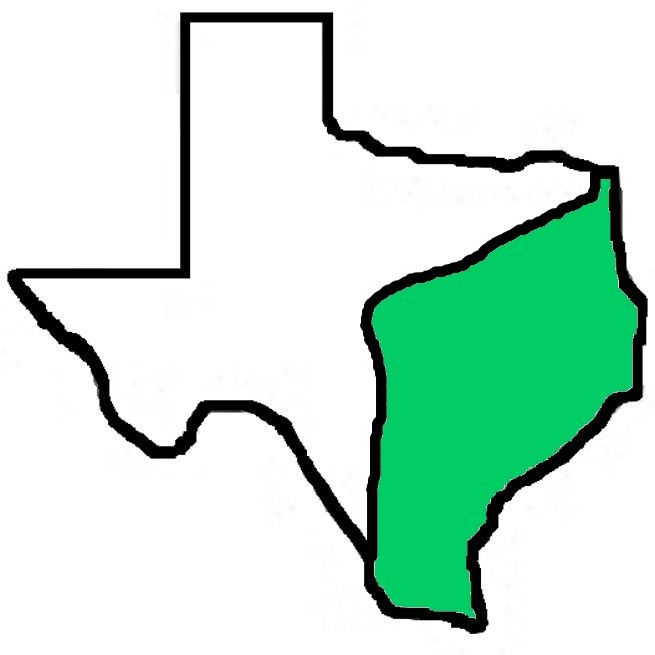
Tortrids
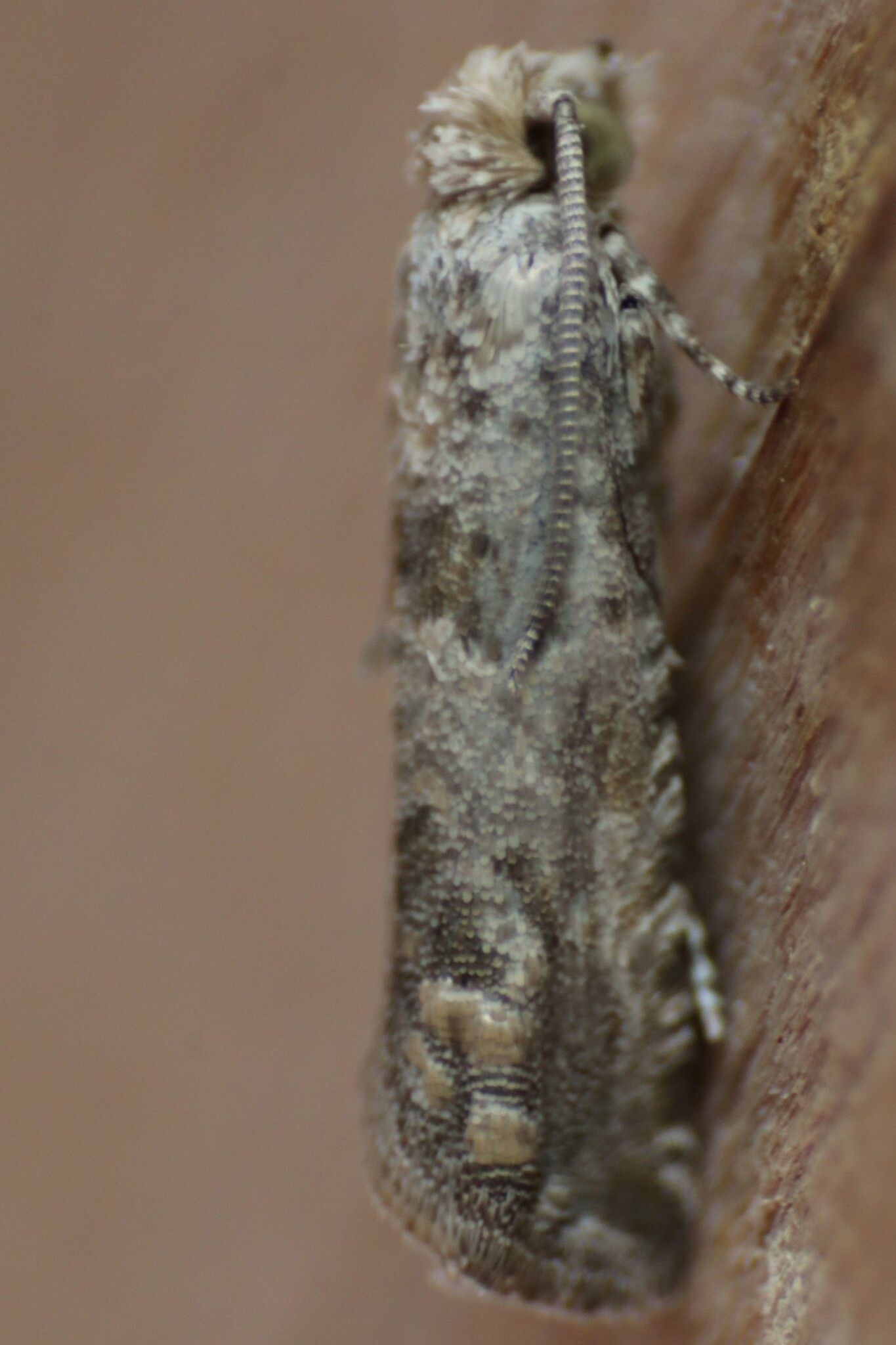
Salaciana Pelochrista (Pelochrista salaciana)
This tortrid can be told from other similar moths by its overall paler ground color with fine, tan mottling throughout, and the darker brown AM and PM bands. The AM band often shows a white border on the distal edge. An LRGV specialty!
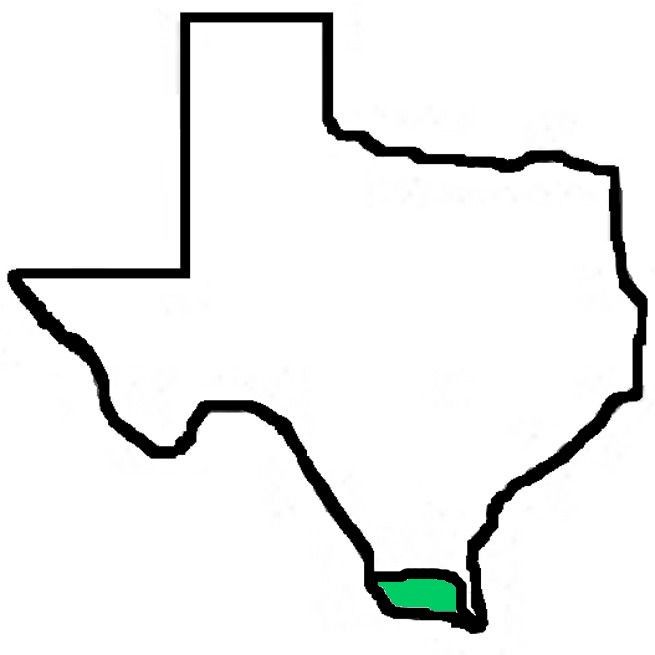
Pyralids

Dark-banded Tallula (Tallula atrifascialis)
A primarily pale pyralid with a wide black median band that pinches near the costa. Some darker individuals have a blackish ST area bordered by a wavy white PM line, but all apparently have the black apical splotch.
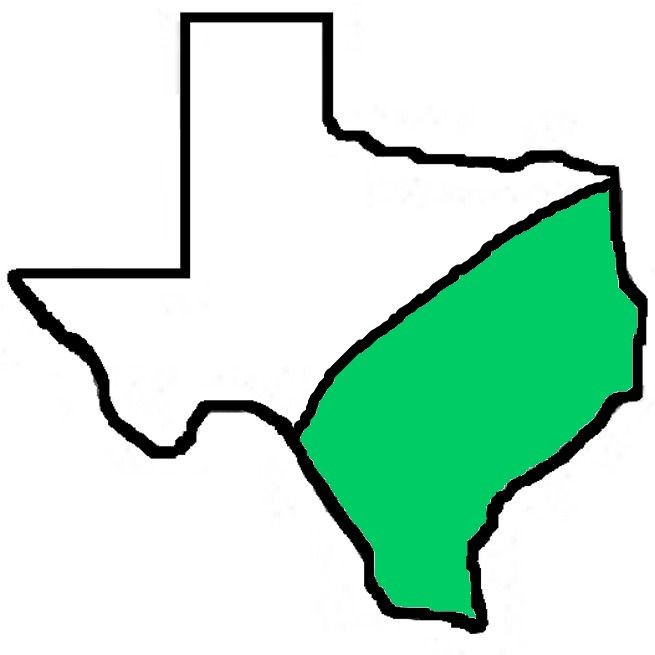
Crambids
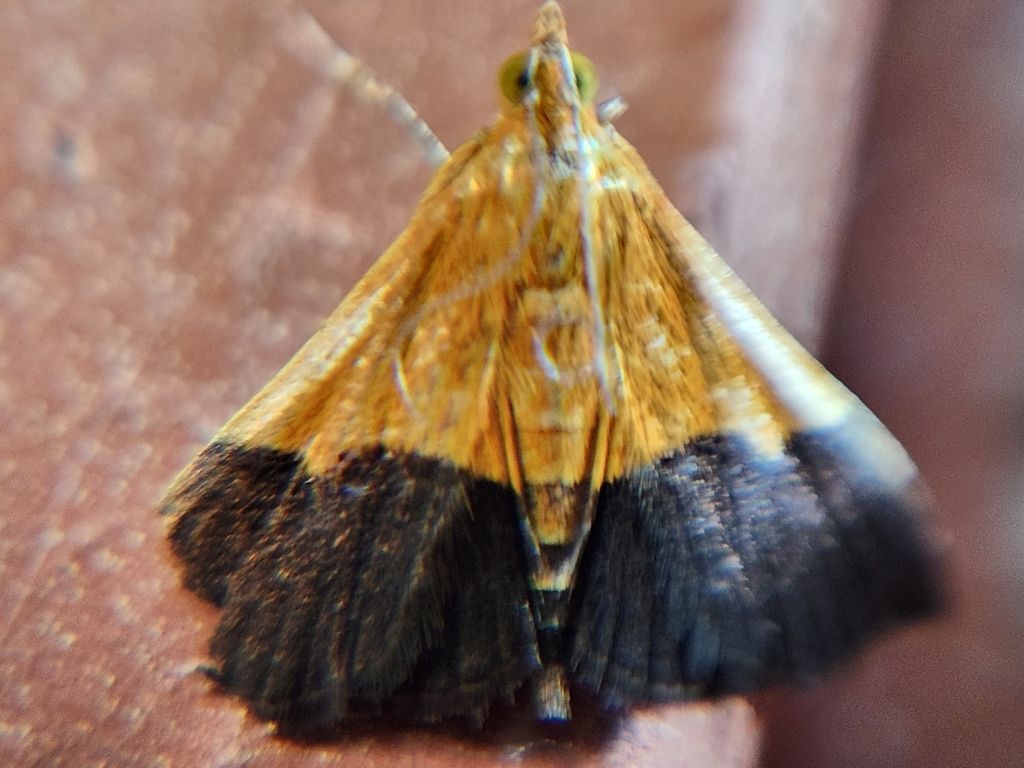
Augustus Pyrausta (Pyrausta augustalis)
Superficially resembling other black-and-orange moths that could show up in the LRGV, this moth has the distinctive deltoid shape of a pyrausta, and is the only one with almost half of the distal area black and plain orange in the basal area (similar pyraustas that could potentially show up here have noticeable AM and PM lines).
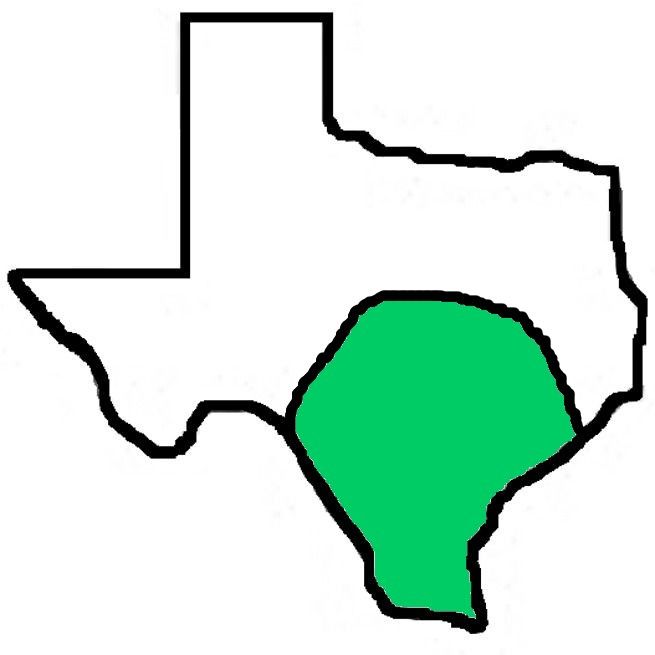
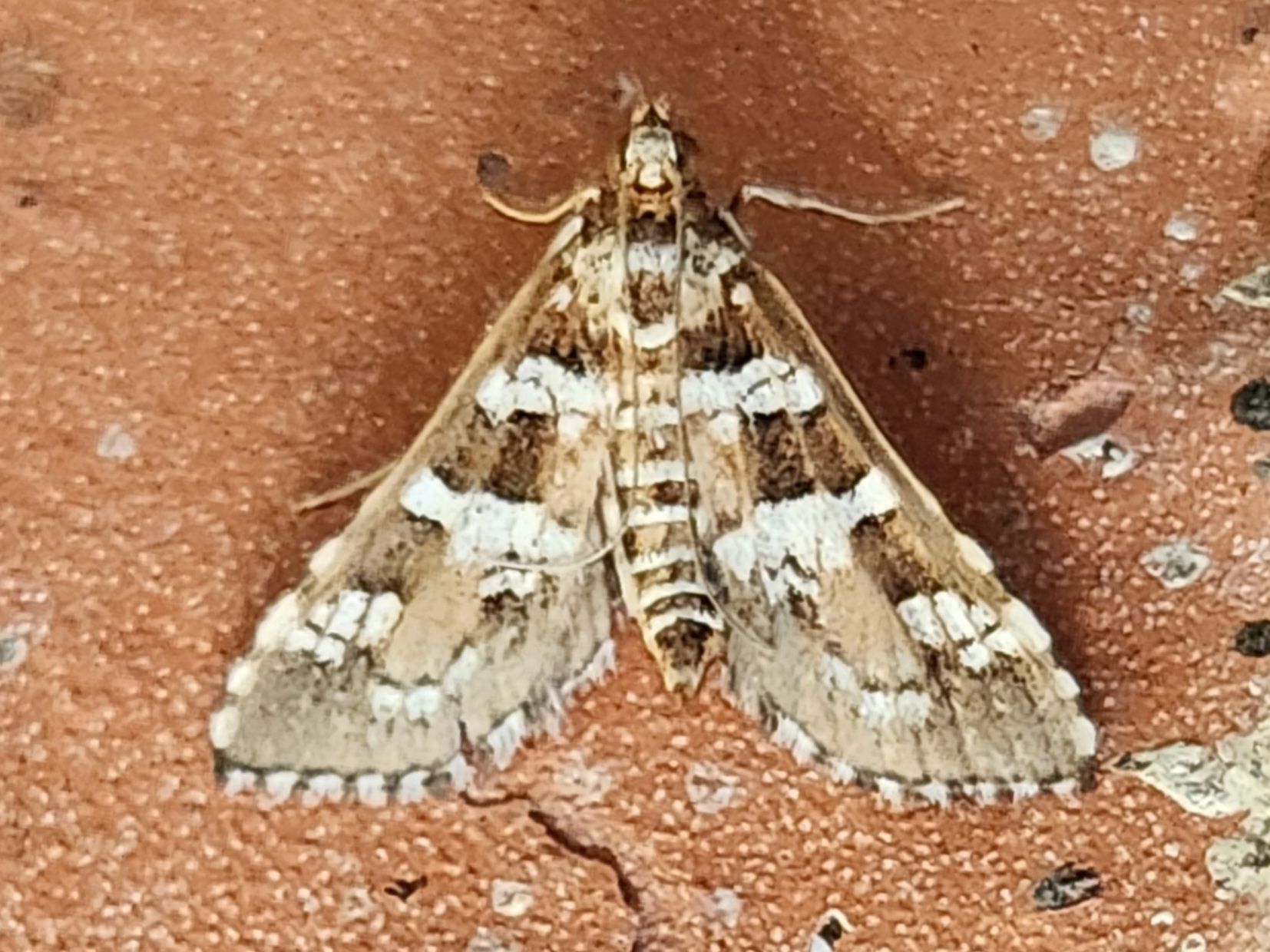
Banded Chocolate Moth (Samea druchachalis)
Easily confused with the more common Spotted Beet Webworm (Hymenia perspectalis), look for the wide white AM band with a dark dash on the thorax (not real evident on this individual), and the more evenly checkered fringe (Spotted Beet also has a checkered fringe, but the "checkers" are wider and more spread apart).
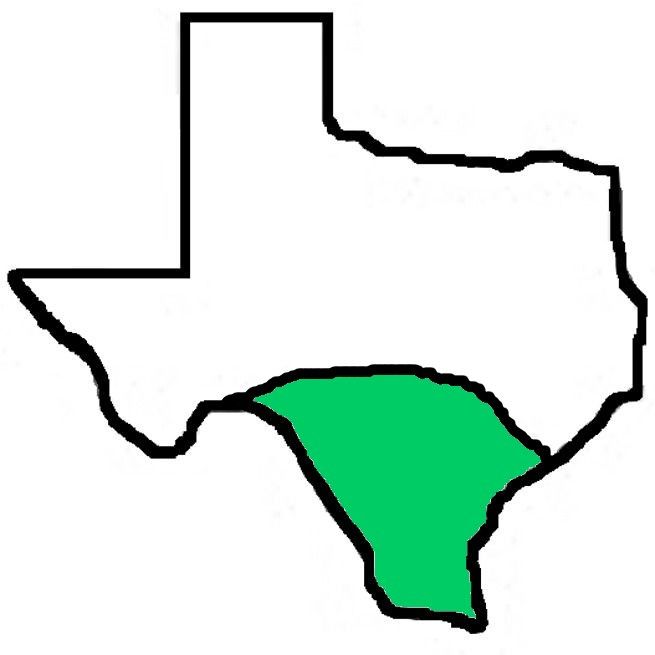
Geometers
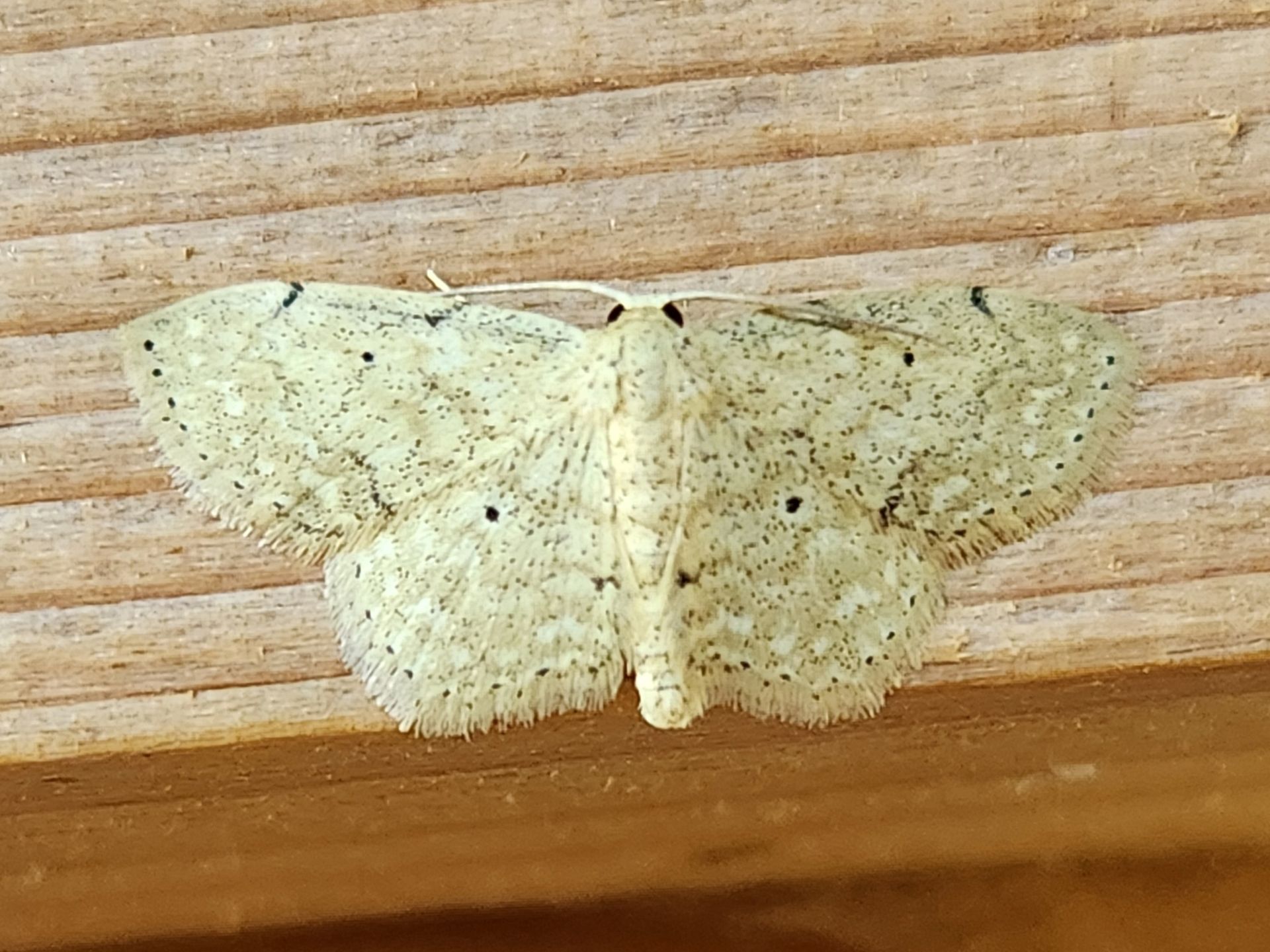
Dark-marked Wave (Scopula compensata)
Very similar to other Scopulas that are more common in the LRGV, this individual shows a little "hook" at the costa that joins the wavy but obscure PM line. Some individuals show dark smudging in the forewing, but all apparently show the "hook" and have a bit of an angled hindwing as well.
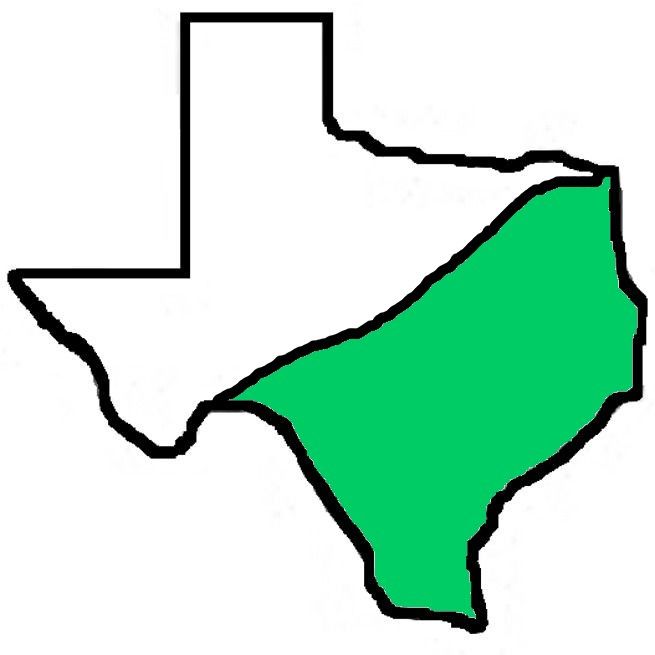
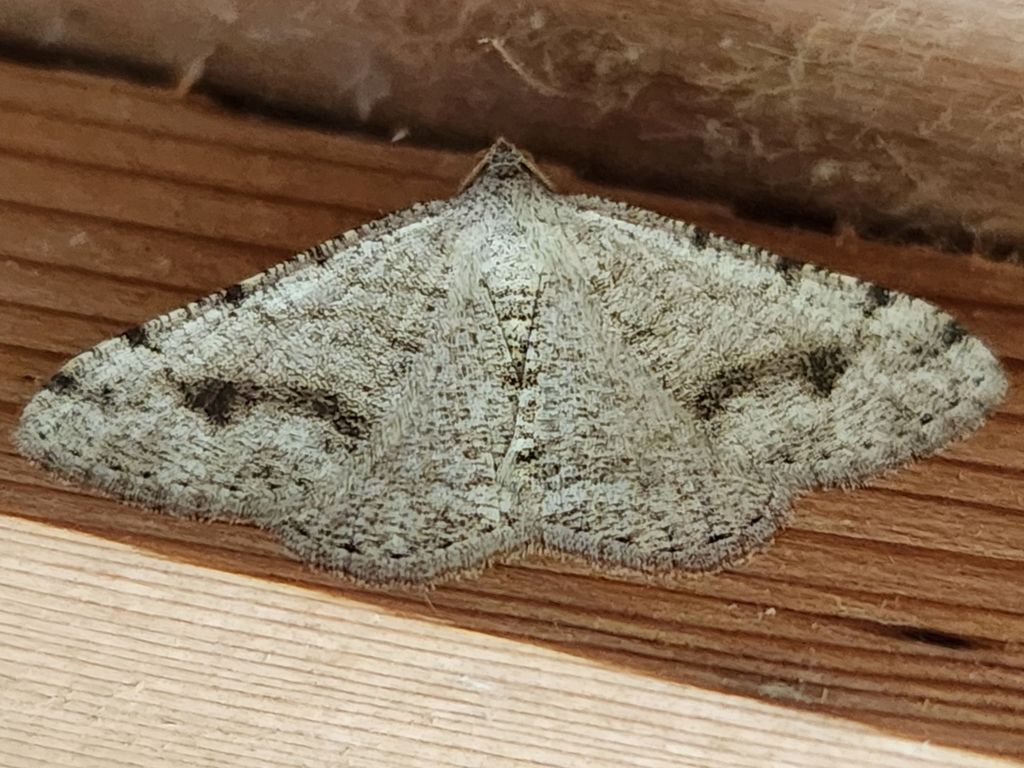
Feathered Angle (Digrammia pictipennata)
Very similar to the ubiquitous Signate and Mesquite Loopers, this moth's PM line tends to be thicker and more smudgy, and on-line images consistently show thick black marks along the costa. But even "Seek" might try to tell you it's a Signate! 😊 A bit extralimital according to the MPG map.
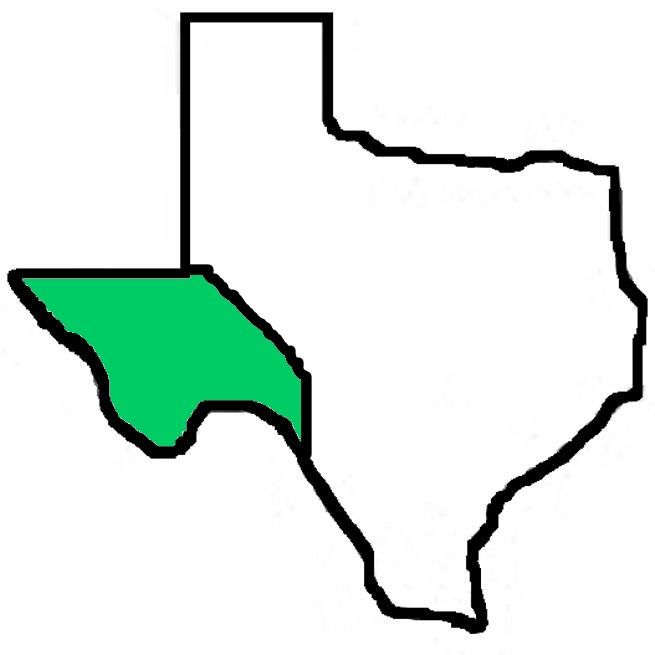
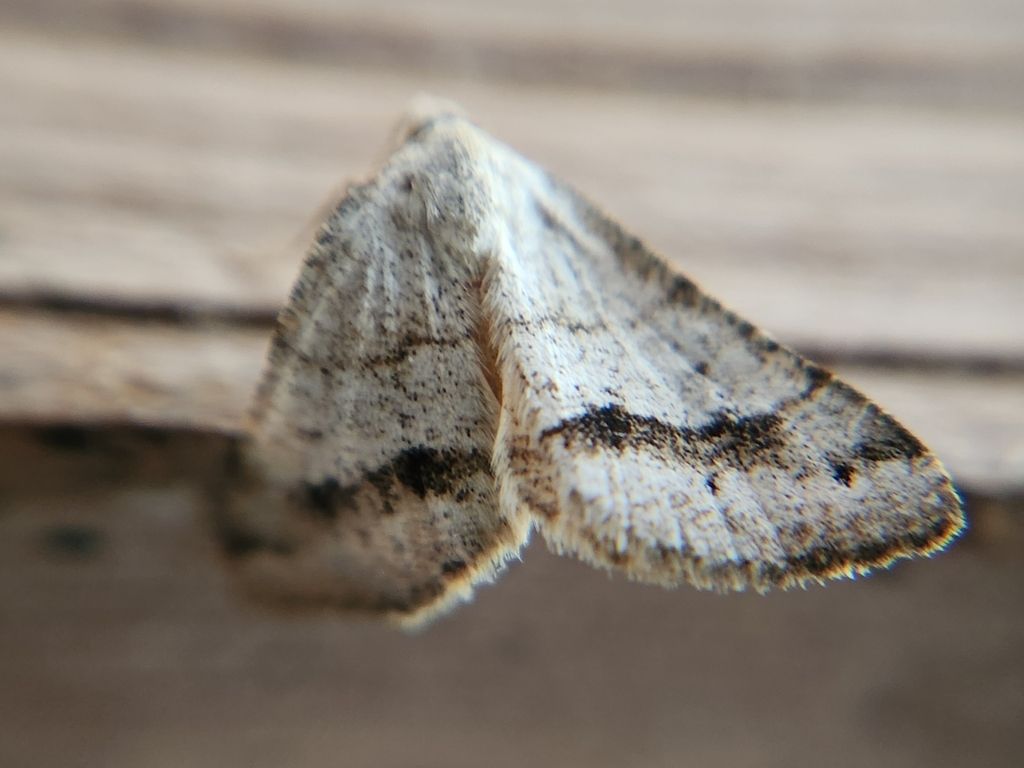
Grossbeck’s Granite (Macaria grossbecki)
This extremely rare LRGV specialty can be easily overlooked as a washed-out Boldly-marked Granite, as the photographer almost did with this bug, which turned out to be the only live photograph of this species! It has a sinuous PM line similar to the Signate/Mesquite Loopers, but is whitish overall with a small black discal spot in the median area (beware that the other granites also have this) and small spots in the ST area.

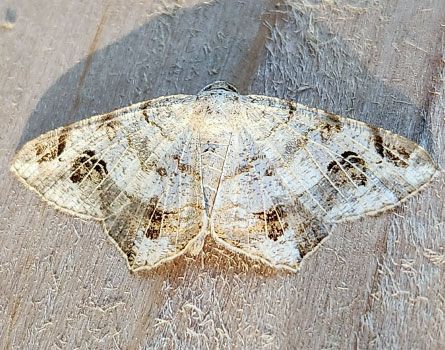
Nervous Angle (Macaria nervata)
This moth is told from similar angles by the prominent black smudging in both the forewing and hindwing ST area, as well as on the costa. The pale veining stands out, as well as a small hollow "bean" on the forewing that doesn't appear on other similar Macaria species. A Central American species, this is probably the first documented record of this bug from the US!

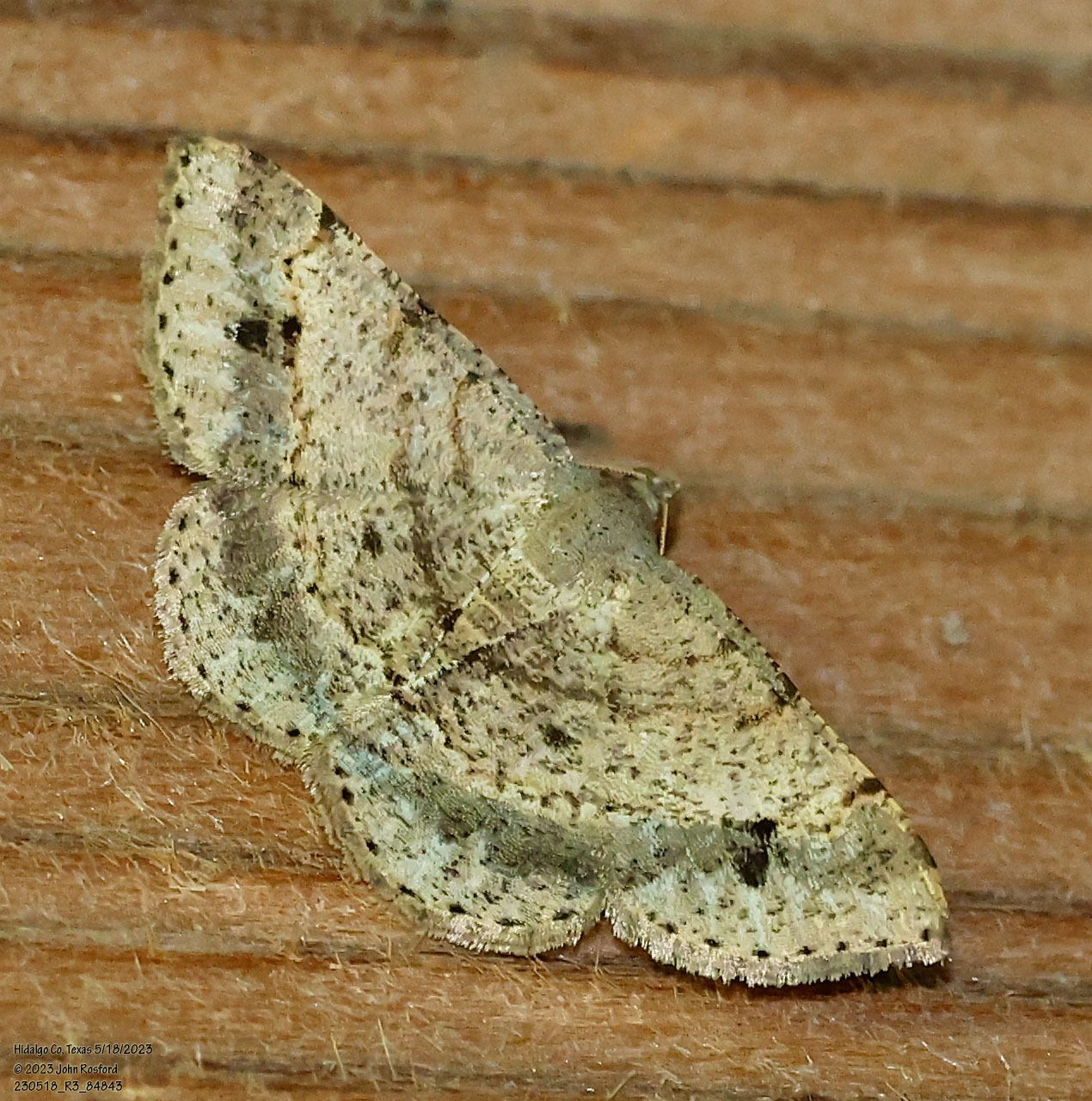
Disparate Looper (Frederickia disparcata)
One of several confusing Frederickia loopers, this species may be nearly impossible to separate from similar species without dissection! When I asked Bianca how I would rule out Black-comma (F. nigricomma), here's what she shared with me:
"In nigricomma, it appears the vein runs directly through the black spot splitting the black spot into two almost identical 'commas' (or if it helps, the symbol for pi π). The veins are often golden and very visible.
"Sorting through the photos of the three other species I was looking at (prolificata, disparcata, and stipularia), there appears to be slight differences in those with darker markings. Disparcata appears to have a larger triangular or chevron shaped black spot that appears to sometimes rise slightly about the PM line.
"Stipularia appears to have a singular comma or circular spot in that area. Chuck [Sexton] also mentioned on one of Joseph's photos that stipularia is known to have lighter marks on the costa instead of deeper black marks there.
Prolificata appears to rarely have such a distinguishable spot, and often has a more smudgy spot with unclear edges. Seems to be lighter in color overall as well.
"All that to say, I'm mostly confident that these moths do not belong in nigricomma. As for their correct placement, I'm unsure."
See Chuck Sexton's comments on one of his own photos (taken in Austin, TX), here. For an interesting discussion on this species vs. prolificata, check out this page on BugGuide.
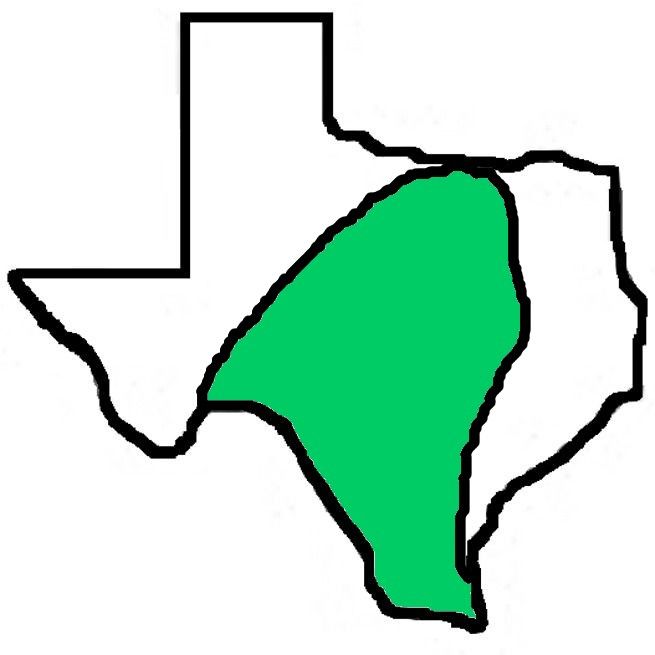
Prominents
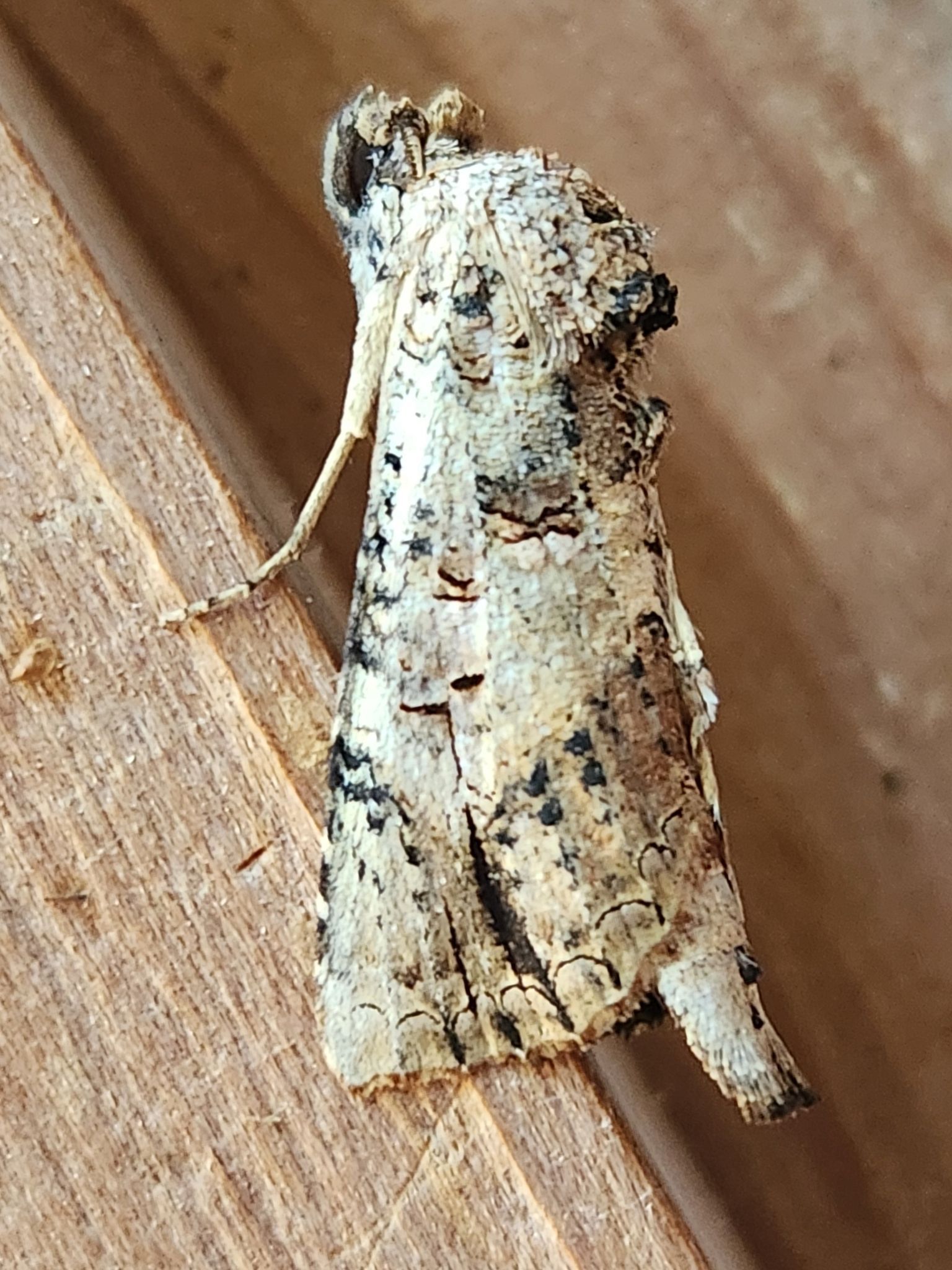
Glossy Prominent (Elymiotis notodontoides)
This being the first live image of a male, what strikes me as different from other prominents is the double-dotted PM line, which the female also shows (although apparently not as strongly). The black-bordered ochre bands around the median area also strike me as unique, aside from the overall pale appearance. An LRGV specialty!

Owlets
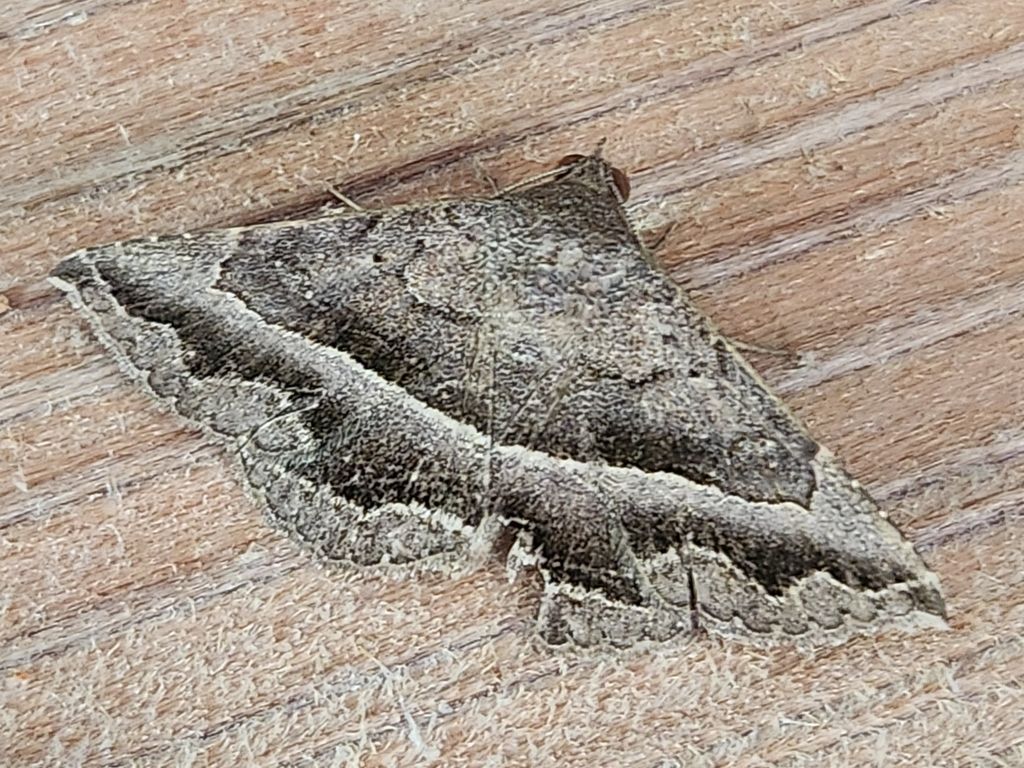
Brass Owlet (Lesmone aenaria)
Owlets in this genus can be very difficult to identify, but this particular individual shows classic "Brass" field marks, such as the sharp, wavy ST line. This is an LRGV specialty, and the closest confusion species, Detracted Owlet (Lesmone detrahens) ranges north of us.

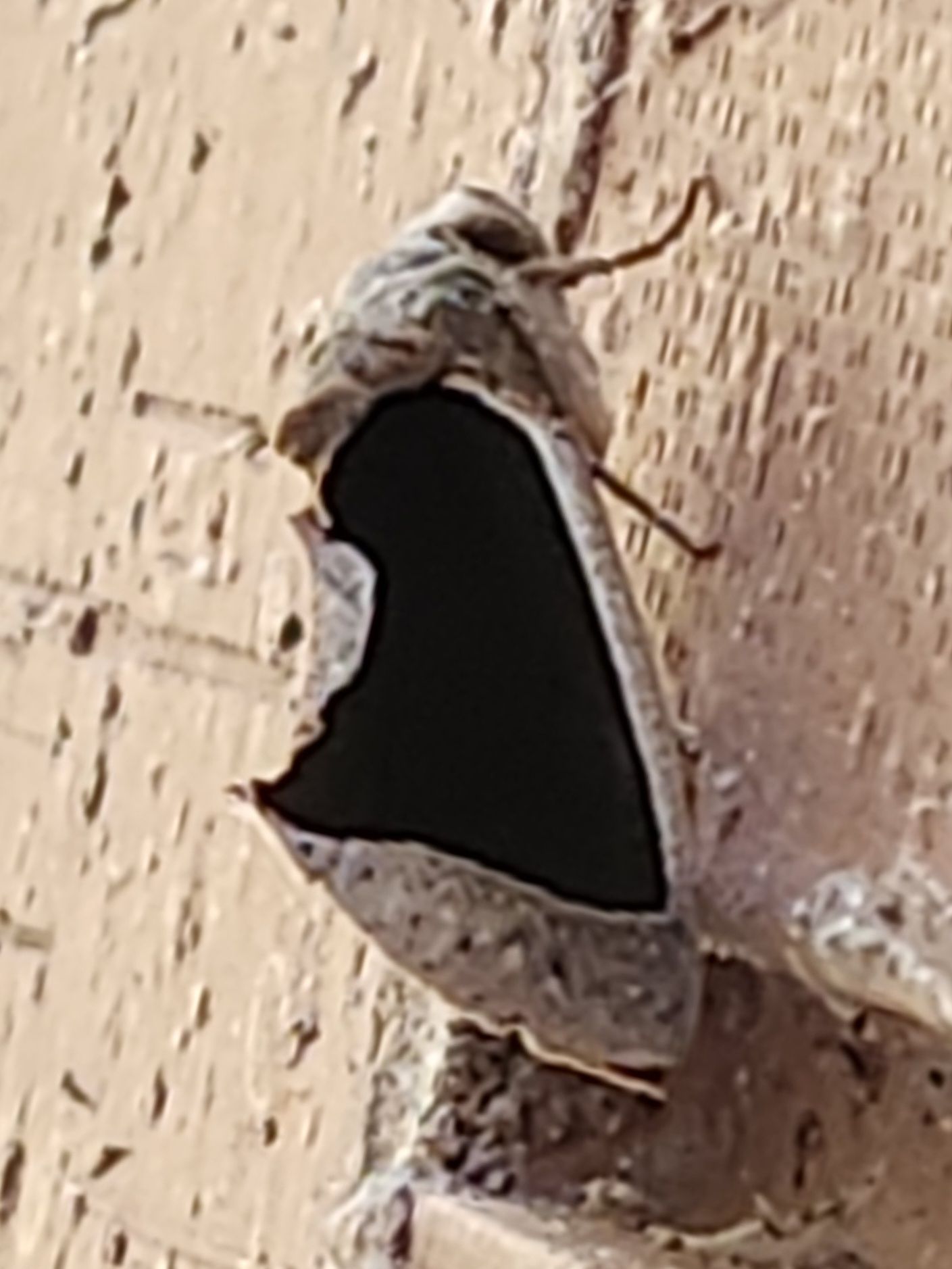
Moonseed Fruit Piercer (Gonodonta sinaldus)
This unmistakable moth is pale with a huge black uniquely-shaped patch on the forewing; the hindwings (when visible) are bright orange with a thick black terminal band. The shape of this bug alone is enough to get your attention!
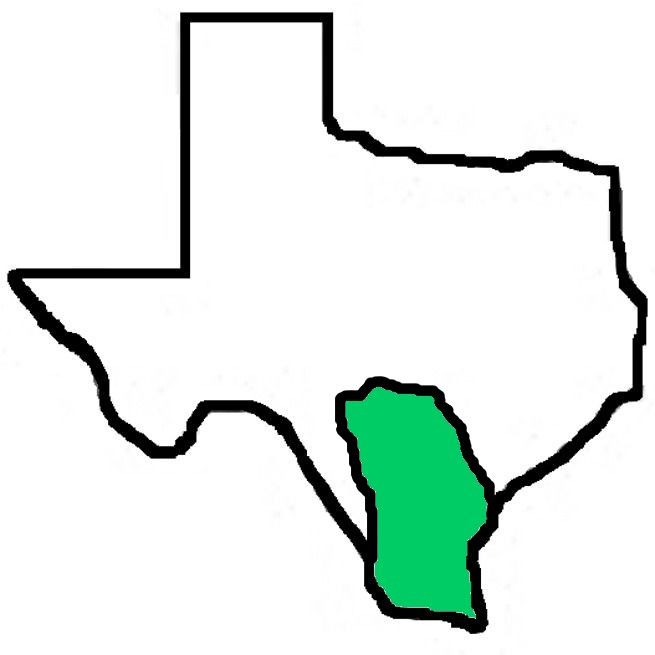
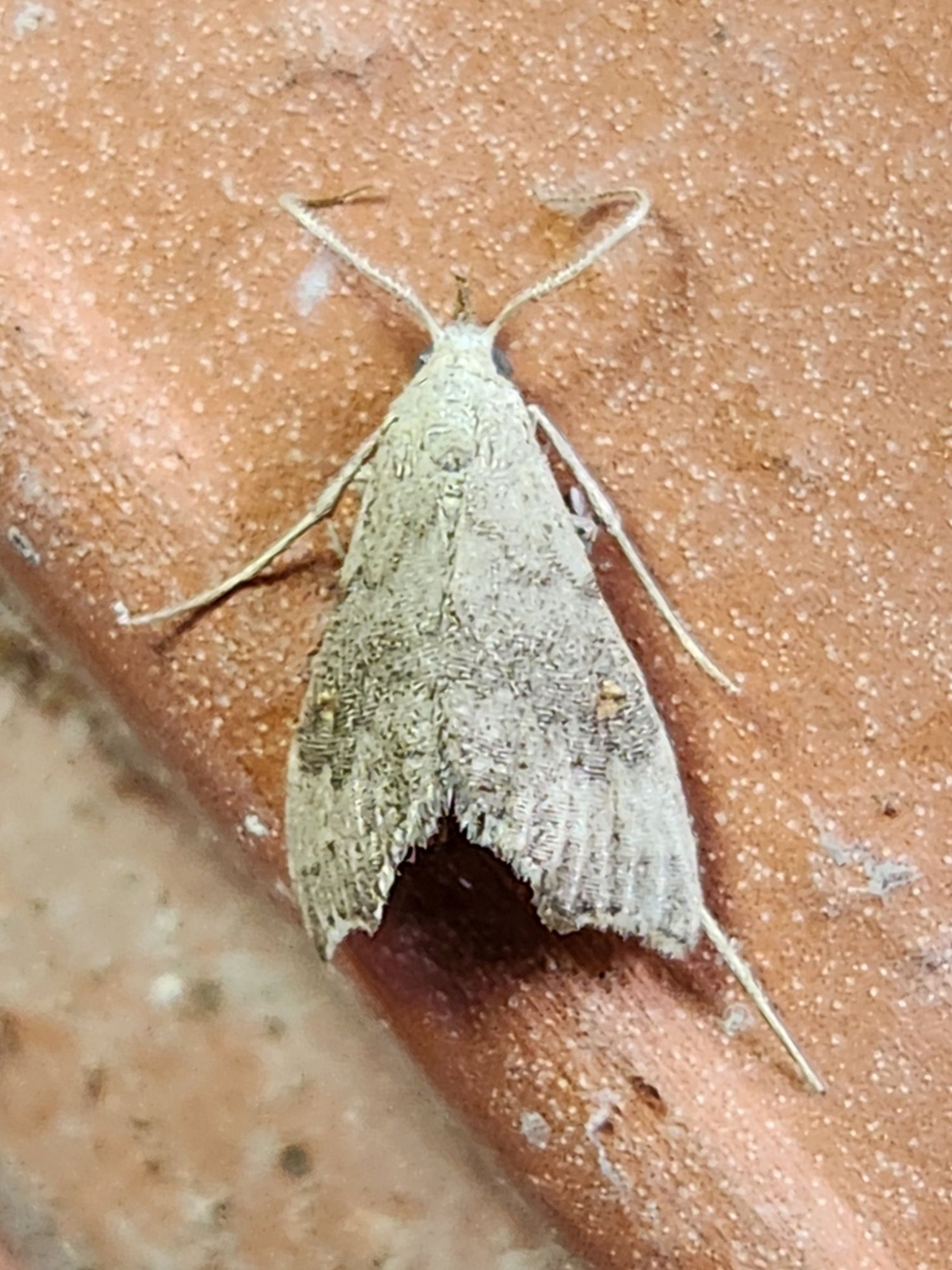
Pygmy Redectis (Redectis pygmaea)
The ground color on this moth can be variable, but the orange reniform spot bisected with a black line is diagnostic. The angled shape of the wings is pretty eye-catching as well!

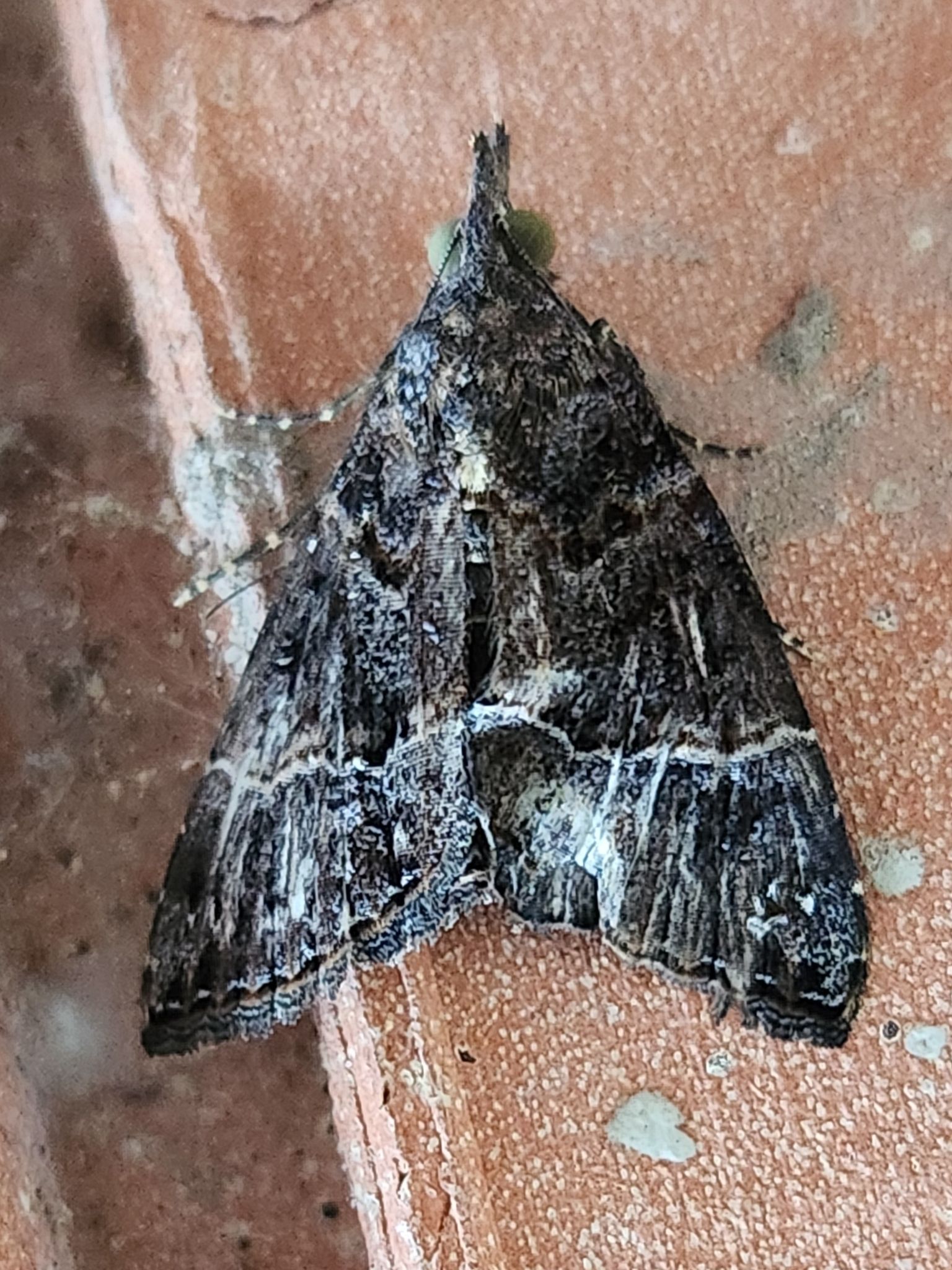
Dark Snout (Hypena tenebrosa)
This bug lacks the contrasting shades shown in other snouts, and sports noticeably paler AM and PM lines. The PM line is often bordered in a darker color, and the AM line has two darker diagonal "rectangles"
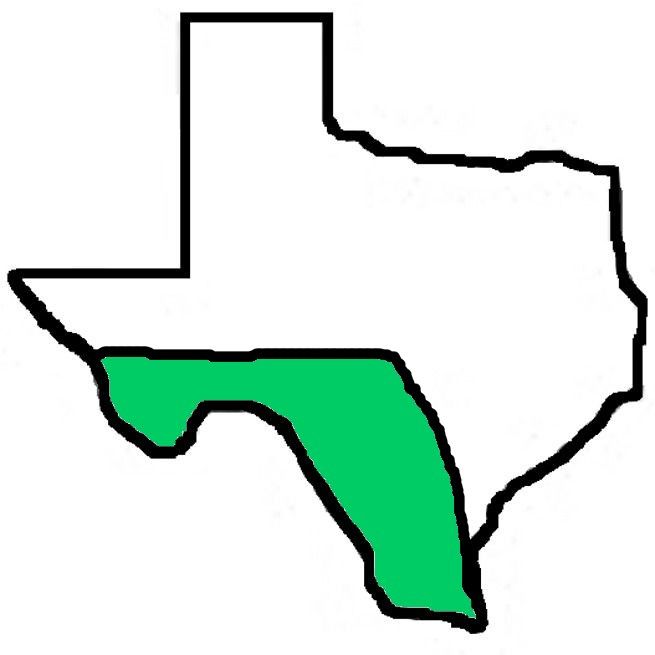
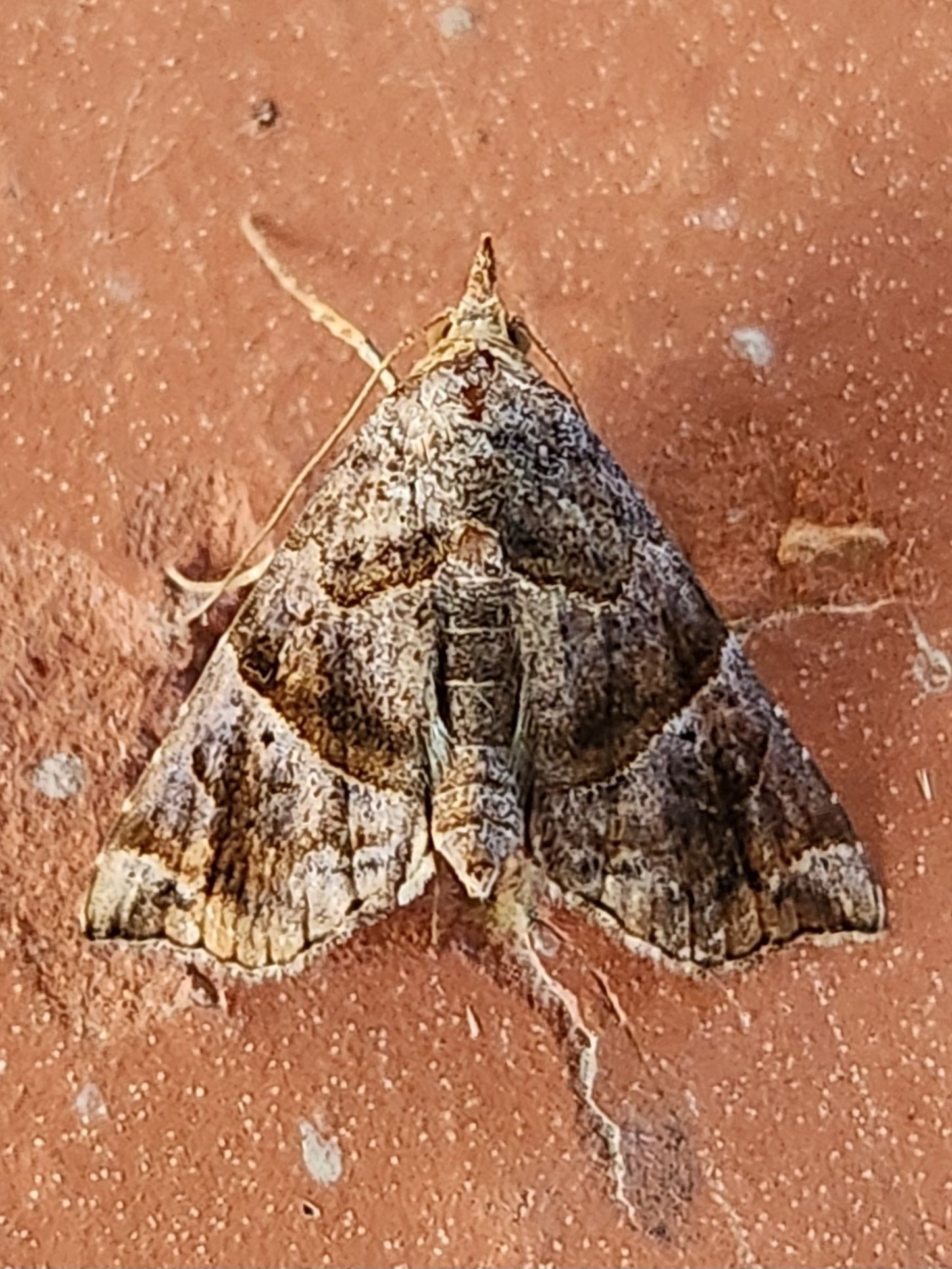
Jalapeno Moth (Cecharismena jalapena)
This bug can be variable, but the consistent field marks appear to include the broad dark brown median band that swings upward from the inner margin of the forewing to the costa (very often bordered distally with a white line), and the rather straight AM line that makes a sharp kink upwards and then out to the costa. Look also for the angular shape of the wings, the upward-curved palps, and the jagged ST line that sometime shows darker lines along the veins. Some bugs (like this one) show gray dusting over much of the wings.
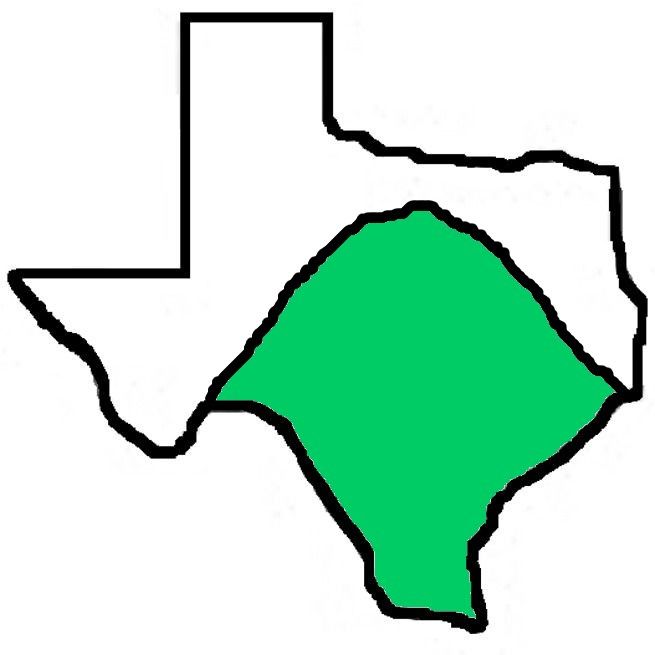
Noctuids
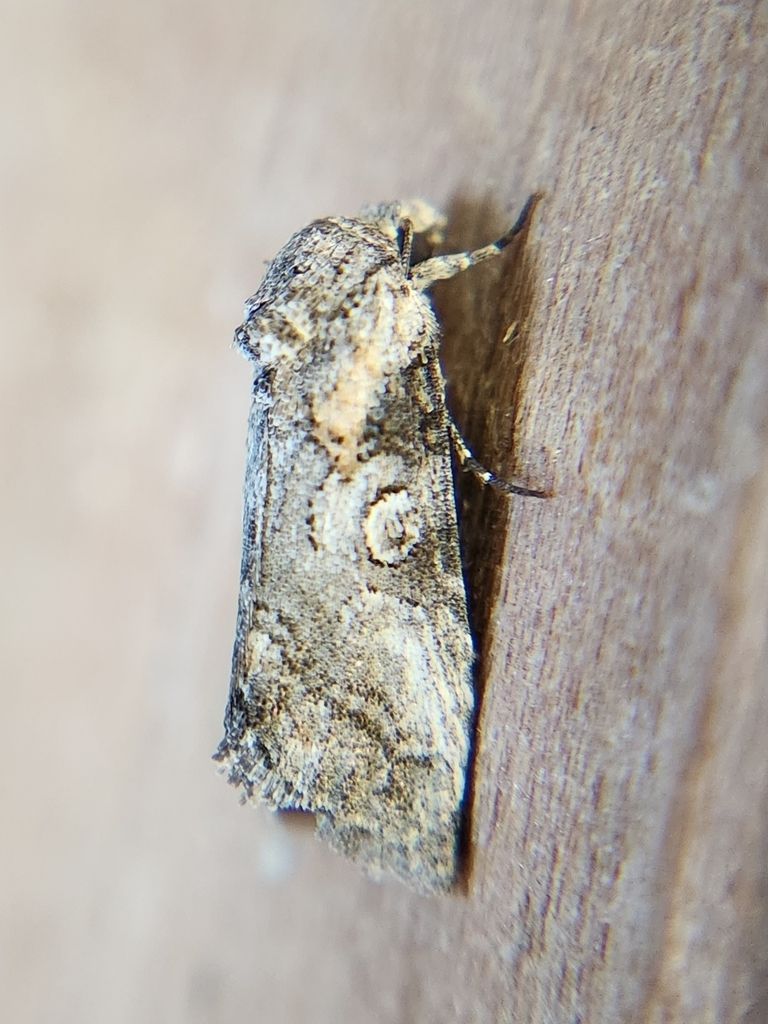
Inca Sallow (Aleptina inca)
Most individuals show a cinnamon patch on the "shoulder", ahead of a very obvious "eyed" orbicular spot. Some images don't show this patch, so an ID without it might be tricky.
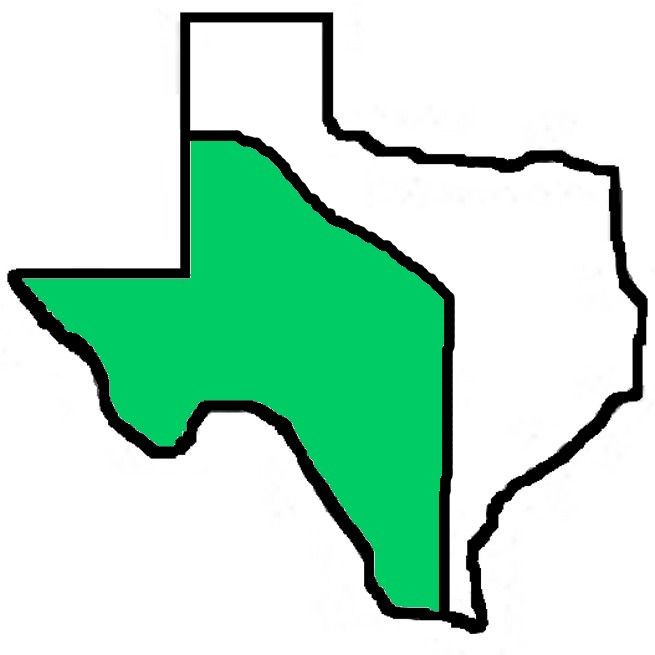
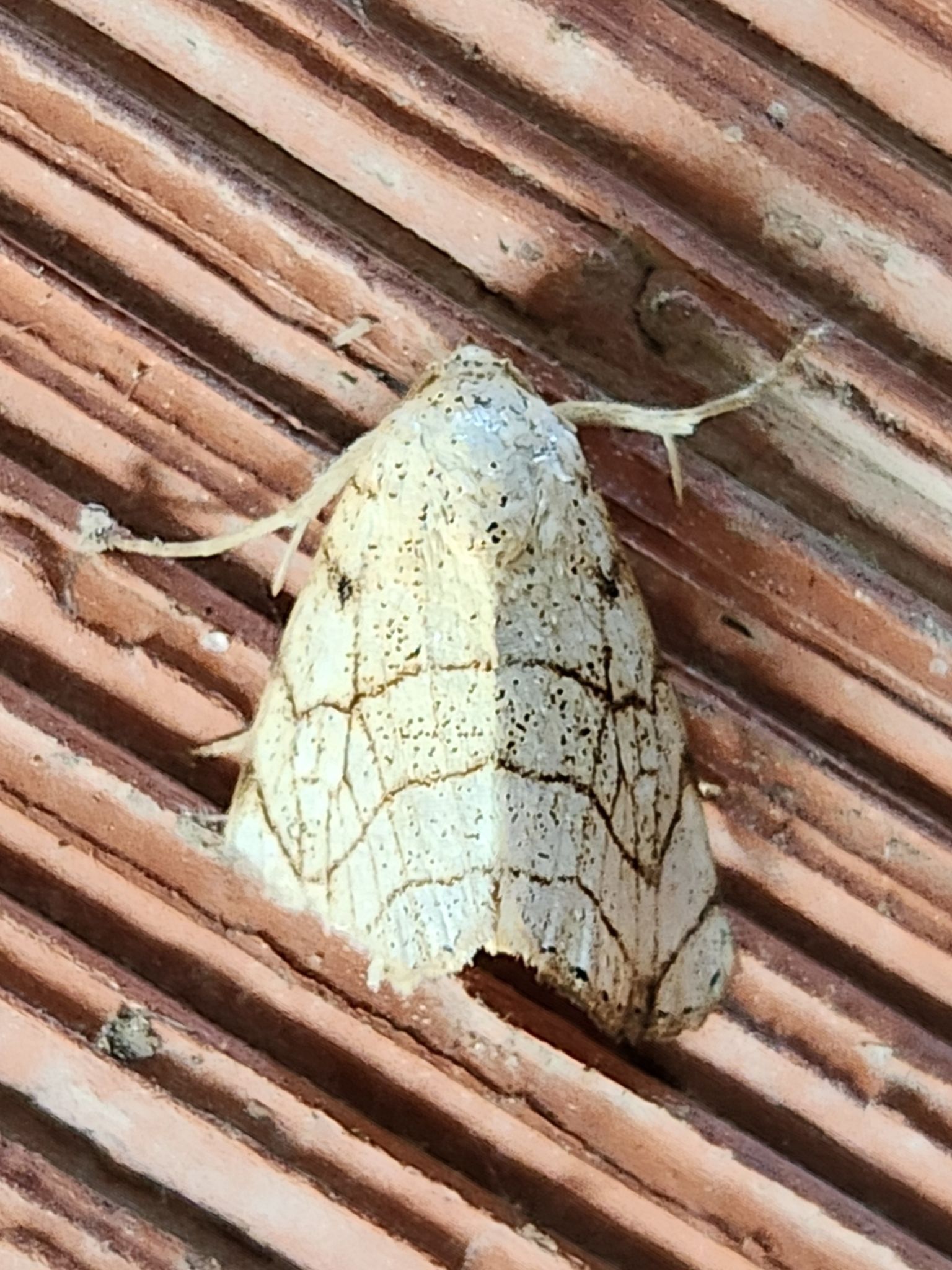
Sad Mallow Moth (Bagisara tristicta)
The thin, angled AM, PM, and ST lines identify this bug as a mallow moth, but the intense peppering and dark outlines to the veins pin it down to this species. From the side, three small round pale spots are often visible.
